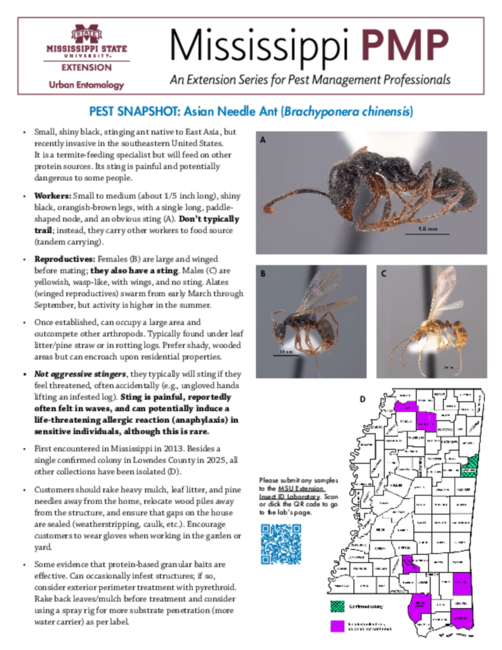P4142
Pest Snapshot: Asian Needle Ant (Brachyponera chinensis)

- Small, shiny black, stinging ant native to East Asia, but recently invasive in the southeastern United States. It is a termite-feeding specialist but will feed on other protein sources. Its sting is painful and potentially dangerous to some people.
- Workers: Small to medium (about 1/5 inch long), shiny black, orangish-brown legs, with a single long, paddle-shaped node, and an obvious sting (A). Don’t typically trail; instead, they carry other workers to food source (tandem carrying).
- Reproductives: Females (B) are large and winged before mating; they also have a sting. Males (C) are yellowish, wasp-like, with wings, and no sting. Alates (winged reproductives) swarm from early March through September, but activity is higher in the summer.
- Once established, can occupy a large area and outcompete other arthropods. Typically found under leaf litter/pine straw or in rotting logs. Prefer shady, wooded areas but can encroach upon residential properties.
- Not aggressive stingers, they typically will sting if they feel threatened, often accidentally (e.g., ungloved hands lifting an infested log). Sting is painful, reportedly often felt in waves, and can potentially induce a life-threatening allergic reaction (anaphylaxis) in sensitive individuals, although this is rare.
- First encountered in Mississippi in 2013. Besides a single confirmed colony in Lowndes County in 2025, all other collections have been isolated (D).
- Customers should rake heavy mulch, leaf litter, and pine needles away from the home, relocate wood piles away from the structure, and ensure that gaps on the house are sealed (weatherstripping, caulk, etc.). Encourage customers to wear gloves when working in the garden or yard.
- Some evidence that protein-based granular baits are effective. Can occasionally infest structures; if so, consider exterior perimeter treatment with pyrethroid. Rake back leaves/mulch before treatment and consider using a spray rig for more substrate penetration (more water carrier) as per label.
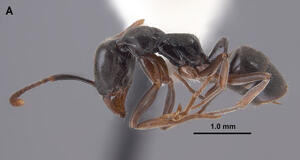
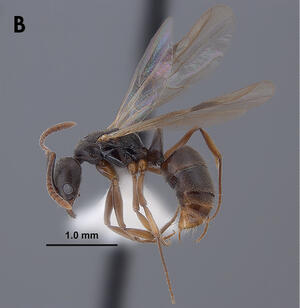
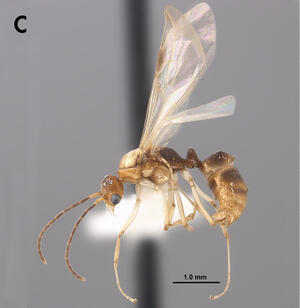
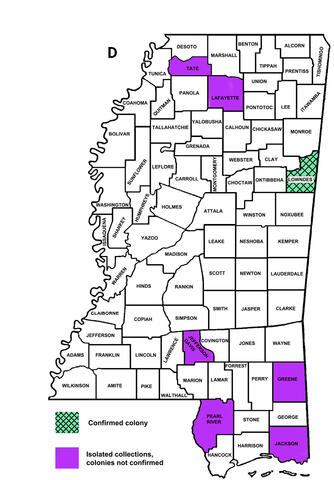
Please submit any samples to the MSU Extension Insect ID Laboratory.
This work is partially supported by Crop Protection and Pest Management, Extension Implementation Program, award no. 2024-70006-43496, from the U.S. Department of Agriculture’s National Institute of Food and Agriculture. Any opinions, findings, conclusions, or recommendations expressed in this publication are those of the author(s) and should not be construed to represent any official USDA or U.S. Government determination or policy.
The information given here is for educational purposes only. References to commercial products, trade names, or suppliers are made with the understanding that no endorsement is implied and that no discrimination against other products or suppliers is intended.
Publication 4142 (POD-10-25)
By J. Santos Portugal III, PhD, BCE, Assistant Extension Professor, Urban and Public Health Entomology Program, Agricultural Science and Plant Protection, and Joe MacGown, Research Technician/Scientific Illustrator, Mississippi Entomological Museum, Agricultural Science and Plant Protection. All images courtesy of Joe MacGown.
The Mississippi State University Extension Service is working to ensure all web content is accessible to all users. If you need assistance accessing any of our content, please email the webteam or call 662-325-2262.
